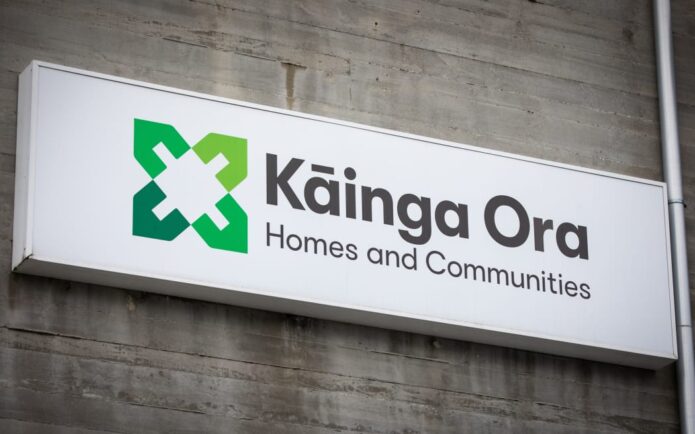PHOTO: Eliza Owen, Head of Residential Research at CoreLogic. GAZELLA
The cumulative value of residential properties in Australia has once again exceeded the $10 trillion mark, surging by $325 billion during the June quarter. According to the most recent data from the Australian Bureau of Statistics (ABS), the total value of residential dwellings reached a staggering $10,090.6 billion by the end of June.
Over the course of the June quarter, the number of residential dwellings in Australia increased by 52,200, reaching a total of 11,055,800, while the average price of residential properties rose by $25,200, now standing at $912,700.
Throughout the quarter, residential property values experienced an uptick across all states and territories, with New South Wales (NSW) notably leading the way. NSW maintains its position as the state with the highest average residential property price at $1,167,500, followed by the Australian Capital Territory (ACT) at $947,900, and Victoria at $904,800. In contrast, the Northern Territory boasts the lowest average residential property price at $512,700.
Michelle Bridges purchases in Rose Bay for a staggering $6.25M
Eliza Owen, Head of Residential Research at CoreLogic, noted that the national rebound in property values began in March of the current year, with values increasing by 4.9 percent by the end of August. She explained that this recovery effectively erased approximately half of the preceding downturn that occurred between April 2022 and February 2023, during which national home values plummeted by 9.1 percent from peak to trough.
Ms. Owen attributed this recovery to three primary factors: overseas migration, buyers tapping into their savings or equity from previous homes, and limited housing supply. She pointed out that demand for housing has surged due to returning overseas arrivals and a decline in overseas departures, which has created a heightened need for housing. This, coupled with consistently low average occupancy rates in capital cities, has intensified competition in the property market, especially considering that rental vacancy rates remain at historic lows.
Additionally, Ms. Owen suggested that buyers may have used their savings, equity, or profits from prior homeownership to finance new property purchases. However, she cautioned that the sustainability of this practice remains uncertain. She cited ABS national accounts data, indicating that the household saving ratio has dropped to 3.7 percent, down from the COVID-induced peak of 23.6 percent, amid rising inflation and debt costs.
Despite a surge in property listings at the onset of the spring selling season, listings for the four weeks leading up to September 3 were still 23.4 percent lower than the five-year average.
Regarding the future trajectory of the property market, Ms. Owen emphasized the uncertainty of the situation. While there is a growing expectation that the Reserve Bank of Australia (RBA) may have completed its cash rate hikes, borrowing remains constrained due to a relatively high serviceability buffer. Data from the Australian Prudential Regulation Authority (APRA) as of June indicated that the weighted average home loan assessment rate hovered just below 9 percent, and housing lending data from the ABS revealed a decline in mortgage lending for three out of the past four months.
Ms. Owen concluded by highlighting that the economic performance is expected to unwind, potentially leading to increased unemployment, which could pose a greater risk to mortgage serviceability. She anticipated that the recent trend of property value recovery might ease toward the end of the year, with a more robust resurgence in housing values dependent on the loosening of credit conditions.













